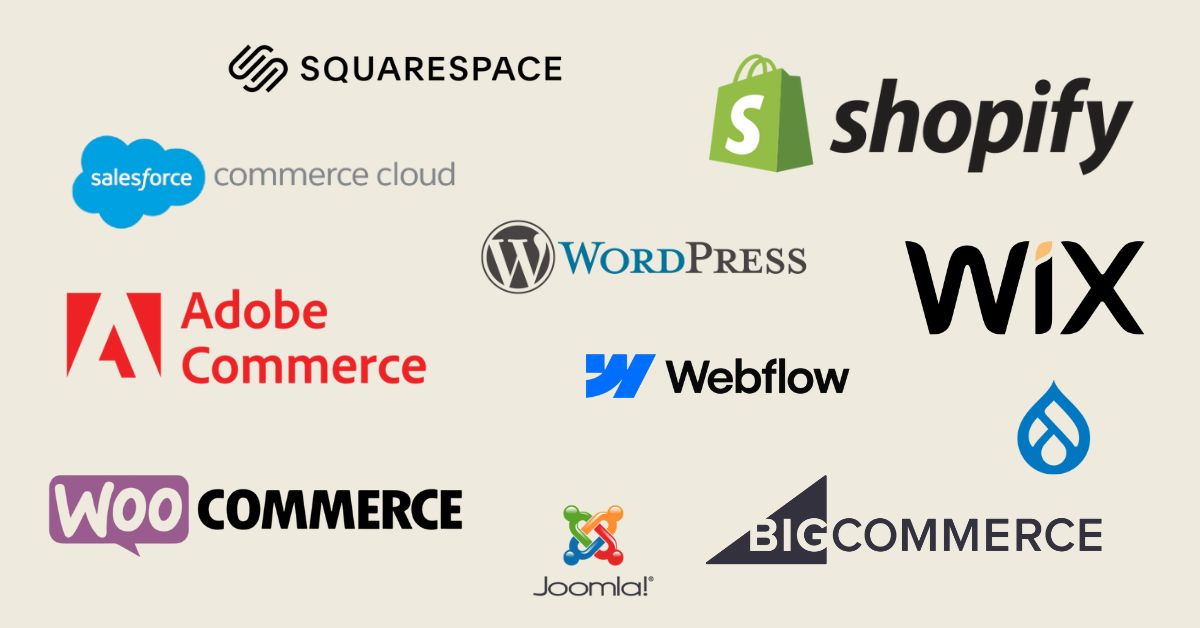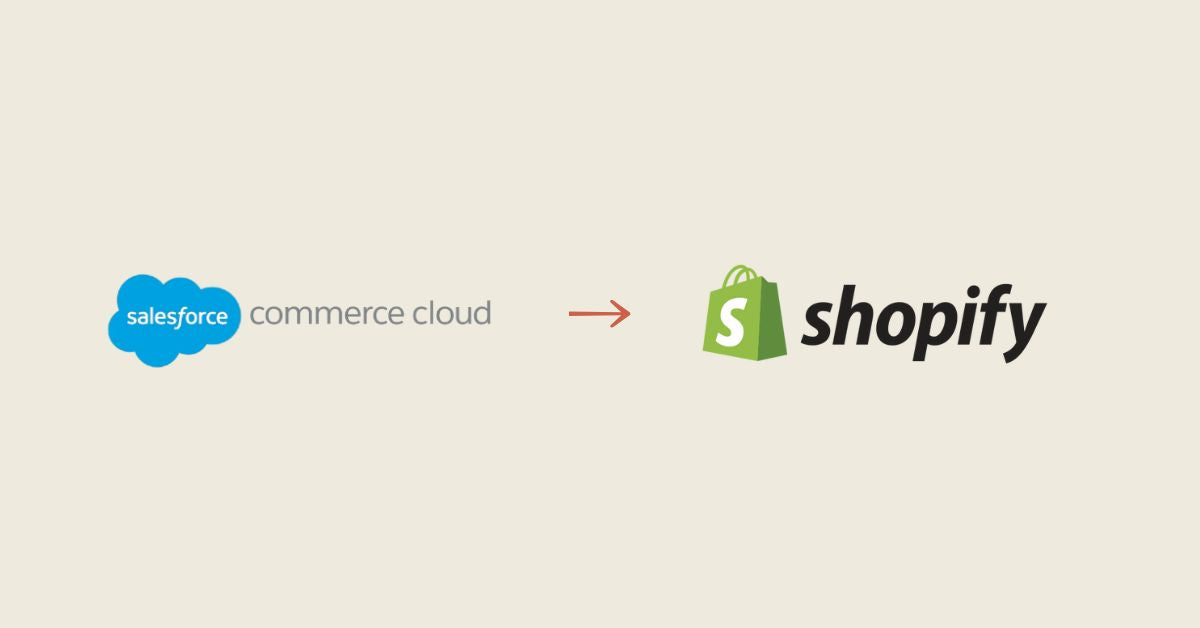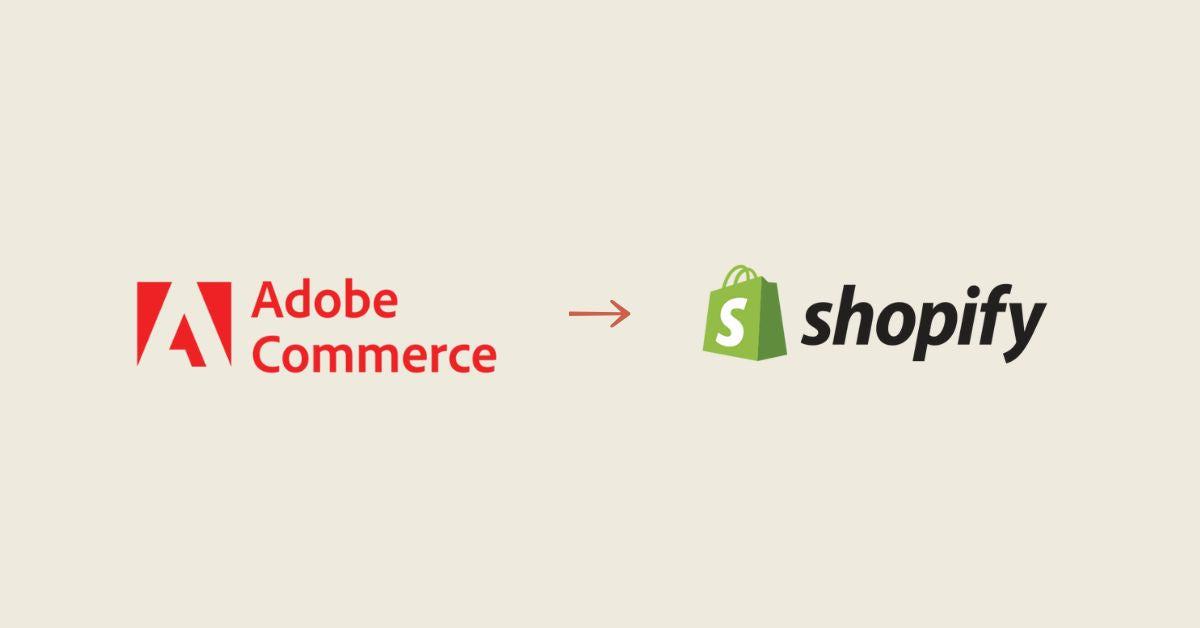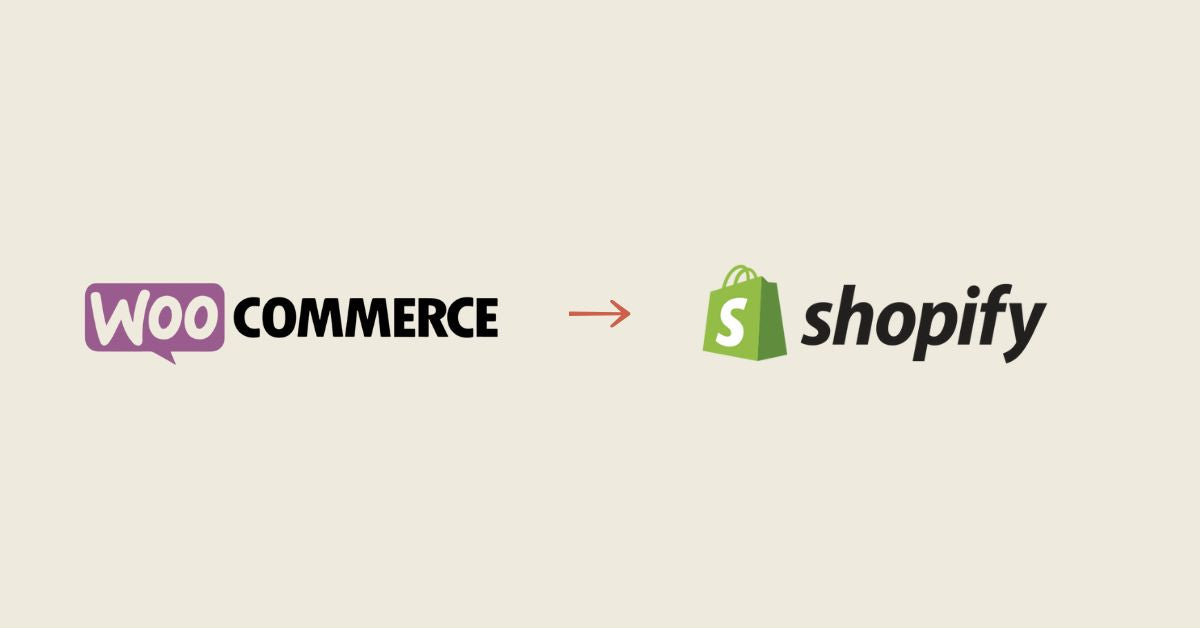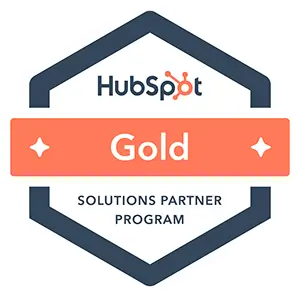In the constantly performance-driven world of digital marketing, data management plays an essential role. Tracking, structuring, and communicating each of these data are all essential to understanding user behaviors, measuring performance, optimizing campaigns, and making informed decisions. Here is an overview of the different tools and methods used for account synchronization , in order to give you a more representative idea of the right approaches to adopt in this area.
Google Tag Manager: to easily manage tracking codes
Google Tag Manager allows marketers to efficiently manage tags and various tracking codes without having to modify site code. This makes it easier to add, update, and manage different tracking scripts.
Benefits :
- Simplification of tag management;
- Increased site speed;
- Facilitated collaboration between marketing and development teams.
Functions :
- Quickly add tracking codes;
- Preview and debug;
- Specific trigger settings.
KPIs and conversions :
- Track clicks and form submissions;
- Track page views and specific events.
Google Analytics 4: configuration for performance monitoring
Google Analytics 4 is currently the latest version of Google 's analytics tool , allowing you to track and analyze traffic data on a site. It offers detailed reporting, real-time analytics, and the application of artificial intelligence to better understand user behaviors.
Benefits :
- Real-time analysis;
- Advanced and personalized reports;
- Compliance with privacy regulations.
Functions :
- Analysis of user journeys;
- Audience segmentation;
- Multi-channel attribution.
KPIs and conversions :
- Conversion rate;
- Traffic sources;
- Engagement and time spent on site
Google Search Console: configuration and monitoring of SEO
Google Search Console helps monitor and optimize a site's presence in Google search results. It provides information on site performance , errors, links, search queries, and much more.
Benefits :
- Improved SEO;
- Error detection and correction;
- Understanding search queries.
Functions :
- Backlink monitoring;
- Inspection of URL addresses;
- User experience reporting.
KPIs and conversions :
- Keyword performance;
- Clicks, impressions and CTR;
- Mobile performance.
HubSpot: integration for marketing tracking, customer service, sales and automation
HubSpot is a marketing automation tool that tracks leads, conversions, and customer interactions. It offers integration with many other tools, allowing centralized management of marketing data.
Benefits :
- Centralization of marketing efforts;
- Process automation;
- Improved productivity.
Functions :
- Lead and conversion management;
- Email marketing;
- Integrated CRM.
KPIs and conversions:
- Conversion rate of leads (potential customers);
- Email open rate;
- Monitoring customer interactions.
Meta Business: Use for Ad Tracking
Meta Business (formerly called Facebook Business Manager ) allows you to manage and track advertisements on Facebook and Instagram . It offers detailed reports on the performance of each of them as well as tools for managing audiences.
Benefits :
- Centralized management of advertisements broadcast on Facebook and Instagram ;
- In-depth analysis of the results;
- Advanced targeting options.
Functions :
- Creation and planning of campaigns;
- Audience management;
- Multi-channel attribution.
KPIs and conversions :
- Return on the performance of advertising expenditure;
- Conversion rate;
- Cost per click (CPC) and cost per thousand (CPM).
Meta Pixel: implementation for conversion tracking
The Meta Pixel (also known as Facebook Ads Pixel ) actually takes the form of a code allowing the manager to track conversions, optimize advertisements, and build specific audiences for retargeting campaigns on Facebook .
Benefits :
- Accurate conversion tracking;
- Optimization of advertisements;
- Pushing retargeting tool.
Functions :
- Personalized event tracking;
- Creation of similar audiences;
- Sales stimulation.
KPIs and conversions :
- Conversion rate;
- Performance of advertising campaigns;
- Measurement of return on investment (ROI).
Microsoft Clarity: User Experience Analytics
Microsoft Clarity is an analysis tool offered by Microsoft offering a series of behavioral analyzes to better understand how users interact with a website.
Benefits :
- Improved user experience;
- Optimization of the interface;
- Detection of conversion obstacles.
Functions :
- Session recordings;
- Heat maps ( click map & scroll map );
- Analysis of clicks and overall navigation.
KPIs and conversions :
- Time spent on page;
- Clicks and interactions;
- Rebound rate.
LinkedIn Insight Tag: Tracking Ad Performance
Also taking the form of an embed code, the LinkedIn Insight Tag tracks conversions linked to advertisements on LinkedIn and offers a wide range of data about site visitors.
Benefits :
- Accurate conversion tracking;
- Analysis of advertising performance;
- Understanding ROI.
Functions :
- Data gathering ;
- Visitor analysis;
- Advertising optimization.
KPIs and conversions :
- Conversion rate;
- Cost per conversion;
- Performance of ads served.
Real-time visibility and analytics with Looker Studio and the BOFU dashboard
Formerly nicknamed Google Data Studio , Looker Studio is an analysis tool that allows many functions to optimize digital marketing and online advertising .
A. Using Looker Studio for a Complete View of Ad Performance
Looker Studio allows advertisers to have a complete overview of the performance of their advertising campaigns . Thanks to real-time analyses , advertisers can make informed decisions and thus adjust their strategies based on the results obtained for maximum efficiency .
B. BOFU dashboard for simplified monitoring of marketing objectives
The BOFU ( Bottom of the Funnel ) dashboard provides simplified tracking of marketing goals with a focus on conversions and end results. This allows advertisers to focus their efforts on actions that generate a more significant return on investment (ROI).
C. Alignment of advertising strategy with overall company objectives
By using analytics tools like Looker Studio , it becomes easier to align advertising strategies with overall business goals. This makes it possible to ensure that each campaign really contributes to the achievement of long-term objectives.
D. Continuous improvement of advertising strategies
Thanks to the information provided by Looker Studio , and the BOFU dashboard , advertisers have the opportunity to make regular adjustments in order to constantly improve their online advertising strategies . This allows for continuous optimization and greater campaign effectiveness.
Conclusion
In short, it is essential not to underestimate the importance of data tracking in the world of digital marketing. With effective management of relevant data, it is possible to make a precise analysis of the actions taken and measure performance with more precision. All of which helps you make the best decisions when it comes to online advertising .
Proper use of these tools allows you to obtain a complete view of the customer journey, identify optimization opportunities , and create more targeted and effective campaigns. However, we must not forget that the structure and communication of data must always be well organized. It is therefore essential to follow best data management practices in this regard , in order to guarantee effective and compliant use of this essential information.




